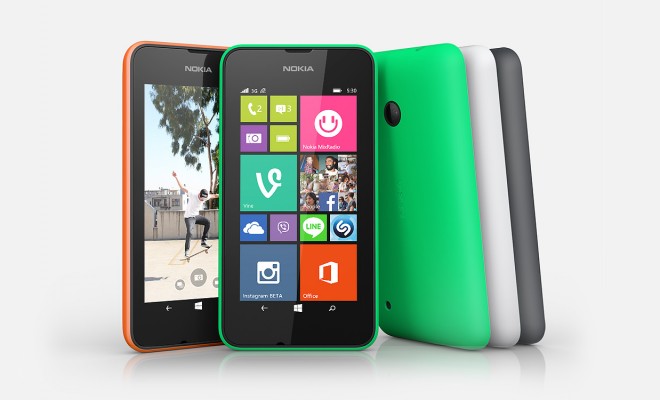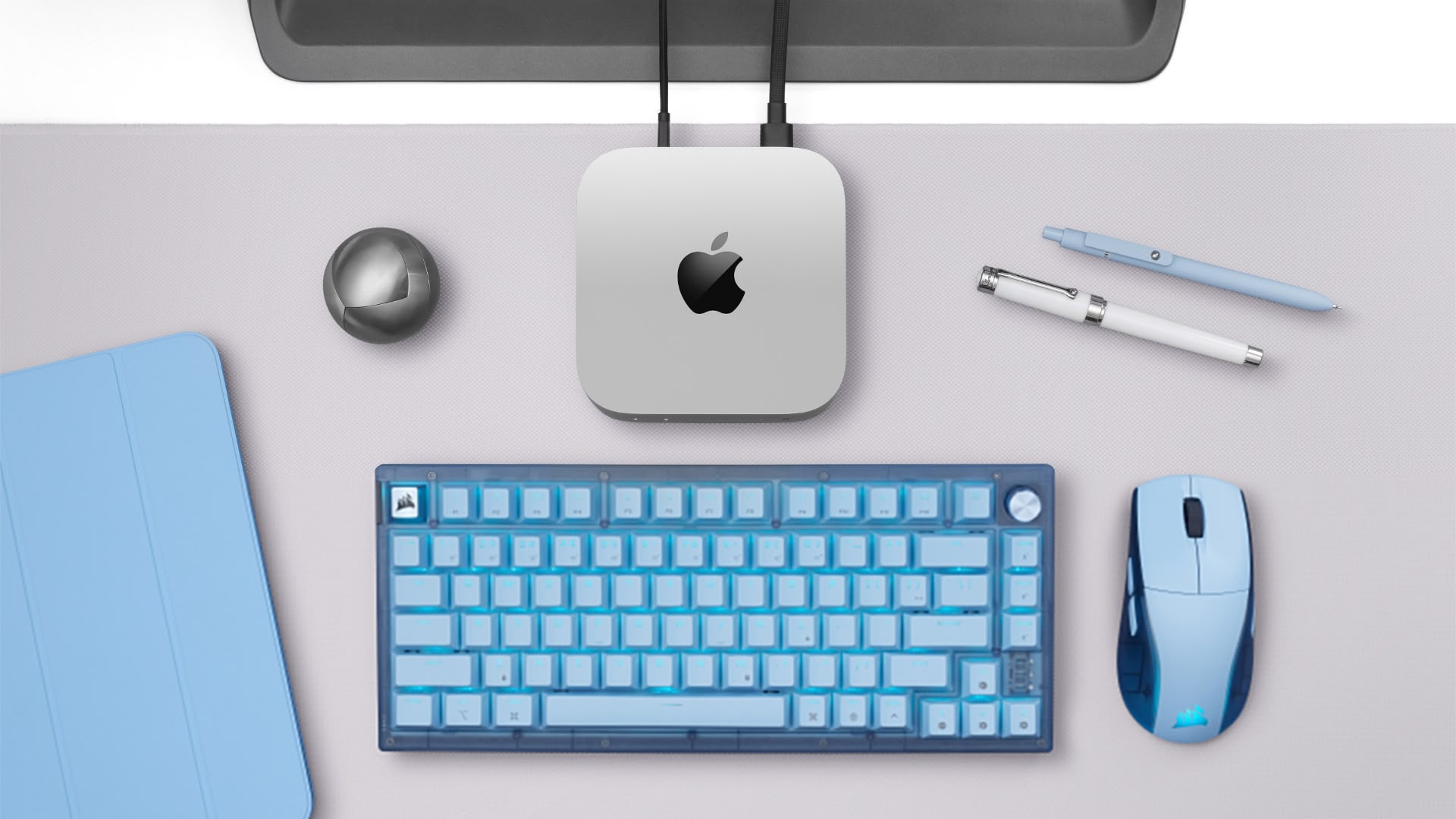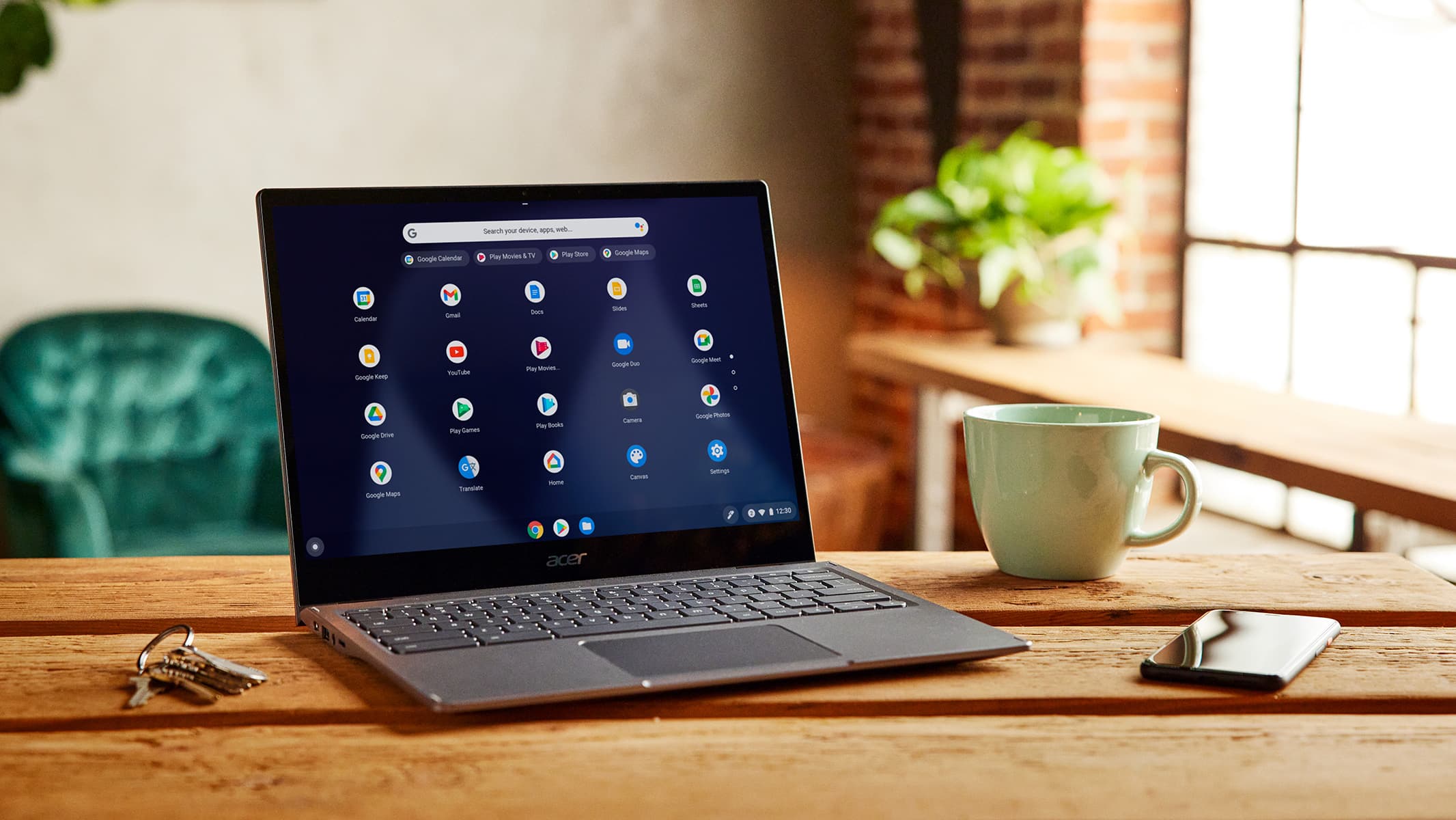Nokia Lumia 530 vs. Nokia X – Pricing and Specifications Compared
Every now and then a phone comes out against the flow of the industry and shocks the world.
The Nokia X is probably one of them. Microsoft’s purchase of Nokia gave them huge access to the brand of the Finnish company. For some time, Nokia has been concentrating solely on manufacturing Windows phones for this purpose. The launch of phones like the Lumia 530 made them an established player in the entry-level smartphone segment. The Nokia X, though, surprised everyone by becoming the first android device to come from Nokia, which is owned by Microsoft.
Operating System
The Nokia X runs on the open source Android operating system. Hence, it is unlike most of the Android OS that has been seen in popular phones like the Galaxy S5. This version of the OS requires modifications before it can handle the apps available on the android store. The possibility of seeing the Android OS on a Nokia device has been sounded as a dream combination, but since Microsoft has decided to go with this open source version it may put off a few. The Lumia 530 comes with the full-fledged Windows Phone OS. It is still not the benchmark in terms of app availability, but the ecosystem is growing at a furious pace.
Display
The Lumia 530 comes with a 4 inch display that has the 480 x 854 pixels. Featuring the same size display, the Nokia X offers a slightly lower 480 x 800 pixel resolution. The slight loss in pixel density is unlikely to make a difference. The two phones are roughly around the same size and weight, which makes them incredibly portable due to the smaller screen size.
Memory
Offering 4 GB of internal memory as standard, without any options, may seem disappointing at first, but the presence of expandable memory card slots, which take up to 128 GB in the case of the Lumia 530 and 32 GB on the Nokia X, make them adequately stacked up in terms of the competition.
Processor
The biggest difference between the two phones arises in terms of the processor and the operating system. The Lumia 530 comes with a much more powerful quad core 1.2 GHz processor to run the Windows OS. This provides the phone with a uniform user experience similar to that of a high-end device. The Nokia X, meanwhile, offers substantially lower spec dual core processor that is clocked at 1 GHz. Even though this processor is also from snapdragon, the much lower speed means that performance is only adequate. RAM specifications are similar with 512 MB on offer.
Camera
Optics is playing an important role even in entry-level smartphones and the Lumia 530 stresses this aspect by coming with a five megapixel camera. A 3.15 megapixel camera on the Nokia X is not capable of matching this camera in terms of quality, but both phones to not have a front facing camera despite the presence of 3G connectivity option. The Nokia X is a $120 phone, while the Lumia 530 retails at around $160.





